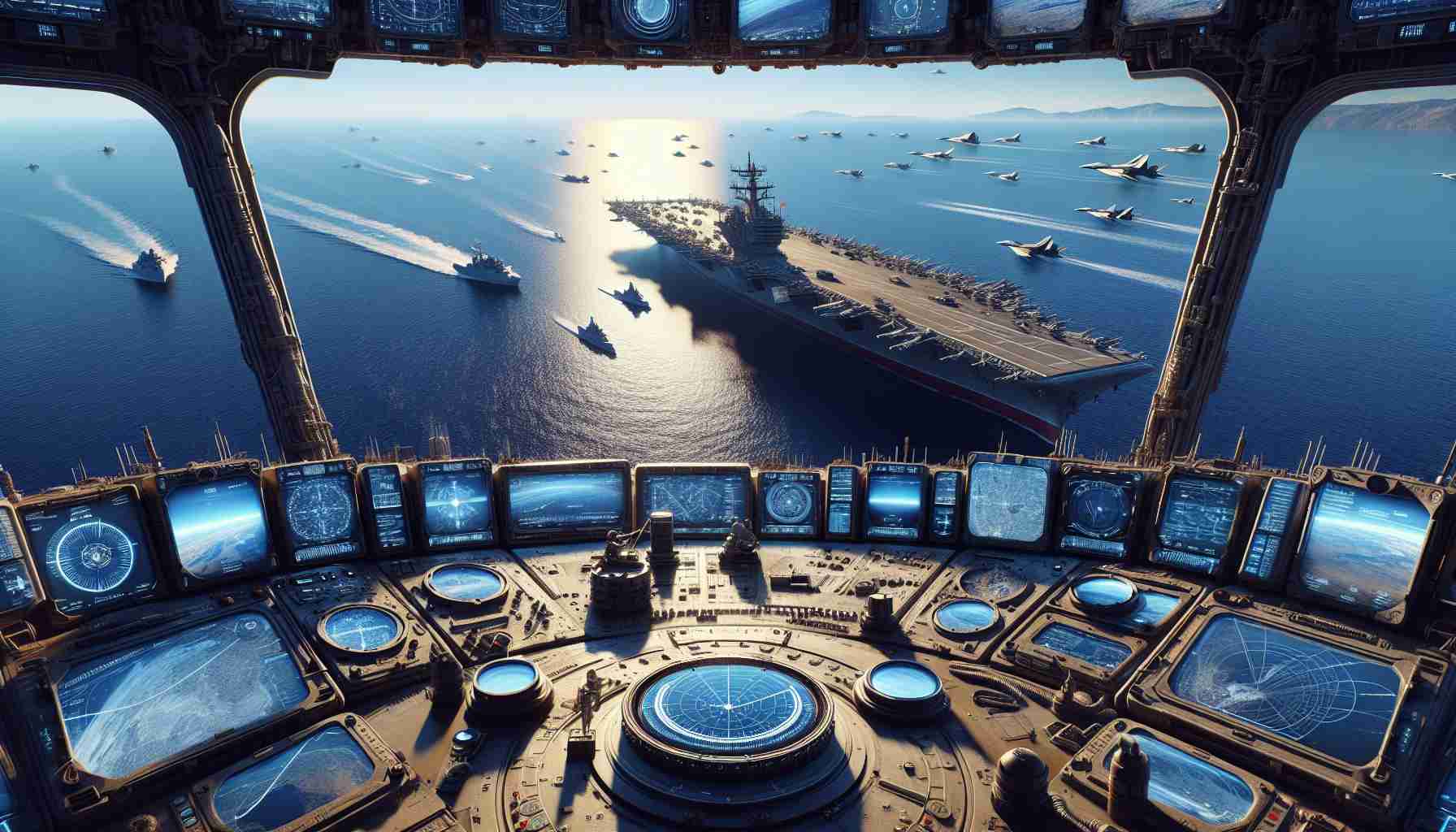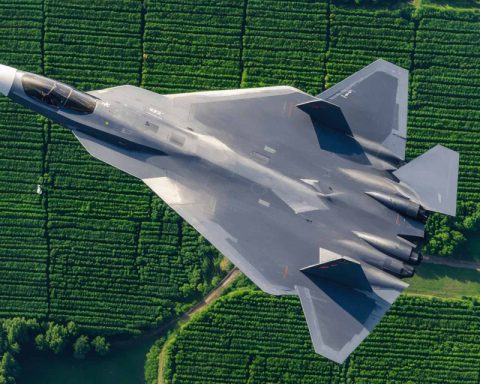In a bold display of military prowess, the Russian Navy and Russian Aerospace Forces have commenced joint exercises in the eastern Mediterranean, involving the advanced MiG-31I fighter jets equipped with Kinzhal hypersonic missiles. This aerial spectacle marks a critical moment for Russia’s aerial dominance, as the MiG-31I aircraft, renowned for its speed, now boasts an air refueling system, expanding its operational range.
The Massive Exercise Unveiled
The drills, which began this week, bring together over 1,000 personnel and a fleet of 10 ships alongside support vessels. Additionally, 24 aircraft, including the elite MiG-31I, join the exercise. This military assembly is backed by a Bastion coastal defense missile system, according to the Russian Ministry of Defense’s announcements through state media.
Russian President Vladimir Putin had previously introduced the Kh-47M2 Kinzhal missile, claiming it to be an indomitable hypersonic weapon. Despite the president’s confidence, skeptics question its efficacy. Nonetheless, Russia continues to test its military capabilities, recently launching the Tsirkon hypersonic and Kalibr cruise missiles from the Mediterranean coast.
A Legacy of Upgrades
Originally entering service in 1982, the MiG-31 has continually evolved, maintaining relevance through consistent upgrades. With a limited production run of 519 units, most remain operational within Russia. After the Soviet Union’s dissolution, Kazakhstan acquired around 30 of these interceptors, whereas attempts by Syria to purchase the MiG-31E faltered due to financial and diplomatic challenges.
Though its origins trace back nearly five decades, the MiG-31’s adaptability ensures its service will extend well into the next decade, equipped for future confrontations.
Russia’s Military Advancements in the Mediterranean: New Insights and Implications
In recent developments, Russia has showcased its growing military capabilities in the eastern Mediterranean, conducting joint exercises that feature advanced technologies and strategic planning. This article delves into the pertinent aspects of these exercises, highlighting key innovations, trends, security insights, and the broader implications for global military dynamics.
Innovations and Military Advancements
The joint exercises between the Russian Navy and Russian Aerospace Forces prominently feature the MiG-31I fighter jets, now upgraded with air refueling systems. These modifications not only increase the aircraft’s operational range but also enhance its ability to project power over larger geographical areas. The inclusion of Kinzhal hypersonic missiles with these jets underscores Russia’s focus on maintaining technological superiority in aerospace weaponry.
Specifications and Features of the MiG-31I
The MiG-31I is part of a long legacy of upgrades since its initial introduction in 1982. Despite its age, it remains relevant due to its ability to reach high speeds and altitudes. The air refueling upgrade is particularly noteworthy, as it allows for extended missions without the need for landing, thus improving strategic flexibility.
Security Implications
The deployment of hypersonic weapons such as the Kinzhal missile presents new challenges for global security. With the ability to travel at speeds exceeding Mach 5, these missiles are difficult to track and intercept, potentially rendering existing missile defense systems less effective. This capability could alter the strategic balance, prompting other nations to recalibrate their defense strategies.
Market Analysis and Predictions
The defense industry may witness increased investment in hypersonic technologies as countries seek to either develop similar capabilities or enhance their countermeasures. The operational success of such exercises not only enhances Russia’s standing as a military power but also influences global defense markets and alliances.
Sustainability and Future Trends
While advanced weaponry and strategic exercises highlight a nation’s military prowess, sustainability within defense production and operation is becoming a focal point. The inclusion of air refueling systems in existing aircraft like the MiG-31I could indicate a shift towards more energy-efficient military operations, a trend likely to continue as resources become scarcer and environmental considerations gain precedence.
Comparisons and Global Outlook
Compared to other global military powers, Russia’s investment in hypersonic missile technology places it among the leaders in the field. However, there are controversies regarding the actual effectiveness of these systems, with some experts questioning their current operational status. This dynamic creates a complex international environment where perception and reality may differ.
For additional information on this topic, visit the official Russian Ministry of Defense website, which offers comprehensive resources and updates on ongoing military activities and advancements.
As the world observes these developments, the continued evolution of military technology and strategic doctrines will shape global security landscapes, influencing everything from defense spending to international alliances.











